TV
Avatar: The Last Airbender Ranking All of Book 2: Earth
Book 2: Earth took Avatar to an entirely different level. As if the series had not already proved itself as a sophisticated family show anyone of all ages could enjoy, The Last Airbender continued to pull at heartstrings and tear down expectational barriers with its second outing.
Ranking Every Episode of Avatar: The Last Airbender Part Two: Season Two
Avatar: The Last Airbender’s first season, Book 1: Water, ended off on a phenomenal note. As its back half kept amping up the action and stakes, there was no telling what the second season would bring to the table when Team Avatar would finally embark on their journey to travel deeper into the Earth Kingdom with high hopes of discovering an earth-bending teacher that can help Aang master his third element. Book 2: Earth took Avatar to an entirely different level. As if the series had not already proved itself as a sophisticated family show anyone of all ages could enjoy, The Last Airbender continued to pull at heartstrings and tear down expectational barriers with its second outing. If you have not read my ranking for Book 1: Water, you can follow the direct link here for my list. Without further ado though, here is how the middle entry of the series Book 2: Earth stacks up.
20. Chapter 12, The Serpent’s Pass
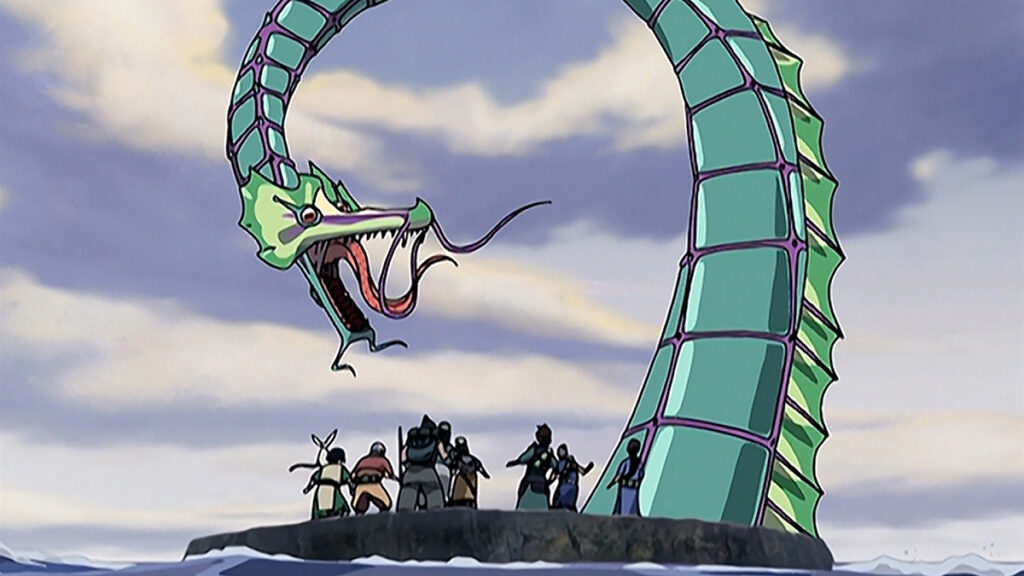
The Serpent’s Pass has some captivating ideas and others that are not as much. The highlight of this episode is easily the return of the Kyoshi Warrior Suki, but besides that, there is not much to talk about with Team Avatar’s dangerous excursion to Ba Sing Se. How the heroes are attempting to tackle their emotional problems here is nothing special when looking at almost any other episode of the season, especially The Desert, and the formal introduction of the pregnant couple first seen in Zuko Alone brings little to the table. A lot of the issues this episode attempts to face head-on has already been either explored before or will be in a better way during an upcoming chapter. On top of this, though not terribly written in the slightest, Zuko’s side plot with Jet never feels important or rewarding at first. The overall slow pacing of the episode can make this short journey a drag up until around the halfway point.
19. Chapter 4, The Swamp

The way in which The Swamp brings a level of spirituality to Avatar: The Last Airbender is not the most engaging episode of Book 2: Earth, but it does provide important characterization to the series as we learn more about the Avatar’s spiritual connection with the physical world. There are some upsetting character moments for Sokka and Katara that stand out in this episode as they each see an important loved one they have lost, yet they are overshadowed by Aang’s teachings and visions of a girl with a flying boar. Sokka and Katara never receive the opportunity to explore what they traumatically saw- at least in this chapter. Aang learns about how everything in the world is connected, a theme that plays a major role down the line as it begins to prepare him to unlock his various chis needed to fight the Fire Lord, but the payoff never lands until later episodes. As part of a series, The Swamp is an excellent long-term addition that provides context to the show’s mythology. On its own, however, it is not able to create the strong roots it importantly produces.
18. Chapter 5, Avatar Day
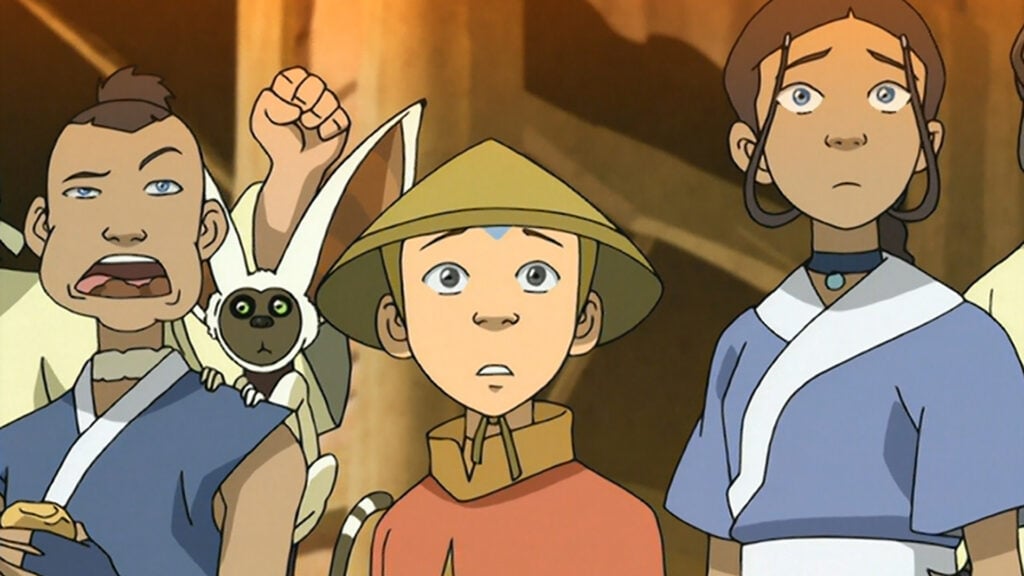
While the background for Avatar Kyoshi is intriguing, Avatar Day is a whole lot of talk rather than actual exploration for what is being told. The notion of towns and cities being against the Avatar is something we have seen time and time again throughout the series. The only real difference this time is Aang is being jailed and subjected to supposed crimes caused by one of his previous lives who he eventually calls upon to help him- or rather attempts to do so as Avatar Kyoshi explains the creation of the island named in her honor and ultimately pleads guilty for what she believes was a course of rightful actions against an Earth Kingdom dictator. Sokka and Katara’s detective skills are a fine bulk of the episode, but this chapter should be focused more on Aang’s thoughts on his past lives contradicting with his monk teachings. It has a few comical moments and returning gags, but Avatar Day never culminates into anything substantial for our heroes that we have not seen before. It holds an interesting premise, the same just can not be said for its execution when looking over how other episodes have embraced the topics being explored.
17. Chapter 2, The Cave of Two Lovers

The Cave of Two Lovers is an oddball of an episode, even by Avatar standards. Hippies, secret tunnels, singing, and loveable badger moles undoubtedly make this episode one that will stand out from the rest of Book 2: Earth yet it feels right at home with the optimistic attitude and deeper mystery it presents to the audience. When Aang and crew are attempting to find the fastest route to the city of Omashu without encountering the Fire Nation they come across Chong and his nomad friends who lead them through a tunnel built by two lovers that were forbidden from seeing one another. Although the backstory given to Omashu may come off as unnecessary, it adds a neat little amount of characterization to a location the audience sees once a season. The chapter’s setting undeniably gives way to a lot of great moments between Aang and Katara’s love relationship that is consistently being developed through the series. Chong’s song though is the main reason why everyone will likely remember this chapter because who could forget about the secret tunnel, through the mountain, secret secret secret secret tunnel, yeah!
16. Chapter 3, Return to Omashu
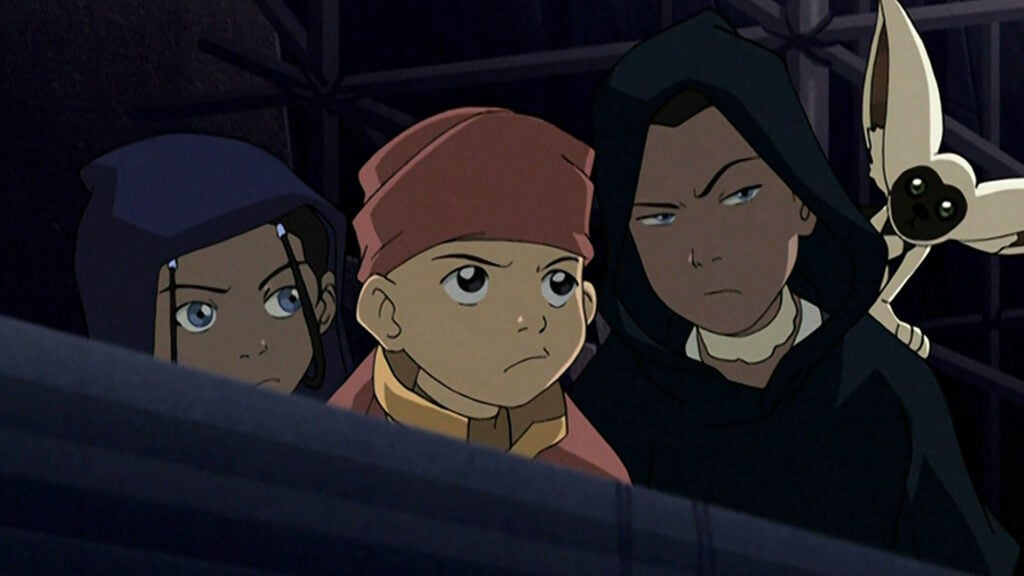
The Return to Omashu is quite an unexpected yet familiar change in tone compared to the last time audiences witnessed the crazy King Bumi and his unique messenger city. While Team Avatar does have an entertaining story in this episode as they search New Ozai in hopes of helping the rebellion of Omashu and saving King Bumi, the real spotlight falls on Azula’s newly introduced longtime friends Ty Lee and Mai- the oblivious acrobatic circus girl who is manipulated by the princess and the rich daughter of a high ranking Fire Nation governor. These two characters have great introductions that showcase their personalities and unique nonbender fighting styles that add refreshing action to the series. While we have seen plenty of forms of physical combat before in the show, Ty Lee and Mai are completely different from what had been previously established as we are shown hand enforced chi blocking far superior to what the Kyoshi Warriors used. The guards’ reactions to the Pentapox crisis also could not be more relevant now than ever before. Wash your hands and burn your clothes!
15. Chapter 1, The Avatar State

At this point in the series, the Avatar State was known to be an incredible source of power that connects Aang to all of his past lives, but it was never something that the audience understood to its full extent. Is it triggered by personal anger? The need to help others? After annihilating Zhao’s forces at the Northern Water Tribe’s home, it is not surprising that some characters would want to find a way to weaponize Aang’s unique ability to end the hundred-year war as fast as possible. The Avatar State does an excellent job guilt-tripping Aang as we see how General Fong utilizes the war’s rising death count and catastrophic effect on his injured Earth Kingdom soldiers to push our hero into forcing himself to explore uncharted spiritual territory. On top of all this, the introduction of Princess Azula is nothing short of exceptional. Seeing the broken dynamic of the Fire Nation royal family between only three of its present members goes to show how the overarching villain has been nothing but cruel to his bloodline.
14. Chapter 13, The Drill
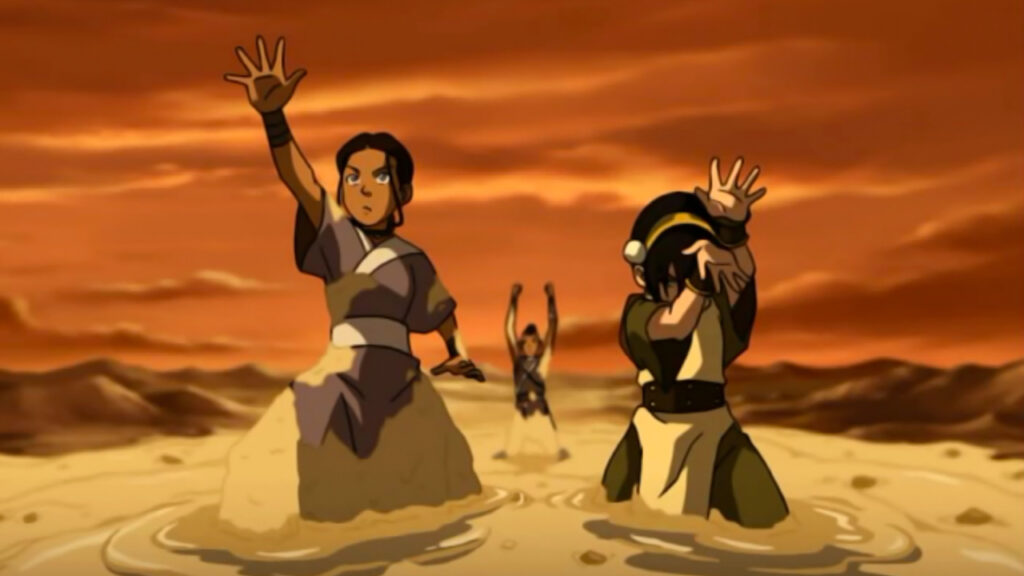
Fire Nation industrial inventions were always slowly being introduced in Avatar: The Last Airbender. While it may feel a bit too large in scale, The Drill is a chapter that still manages to feel right at home due to the destructive machine’s clever inevitable demise. The Drill provides viewers with some great earthbending action, thinking like mad geniuses, and a notable new addition to an already iconic soundtrack called the “Final Blow.” After navigating The Serpent’s Pass, it is the perfect episode to get the series back on course as the entire cast heads for the outer wall of the impenetrable city of Ba Sing Se. On the sidelines, while the Fire Nation attempts to invade the Earth Kingdom’s capital, Zuko and Jet’s conflict within the safe zone takes its first few heated steps as Uncle Iroh makes a foolish yet relatable mistake. Fun fact, this entry aired a week earlier in select theaters with The Serpent’s Pass before hitting the small screen. The two were paired together to be known as the Secret of The Fire Nation story arc.
13. Chapter 18, The Earth King
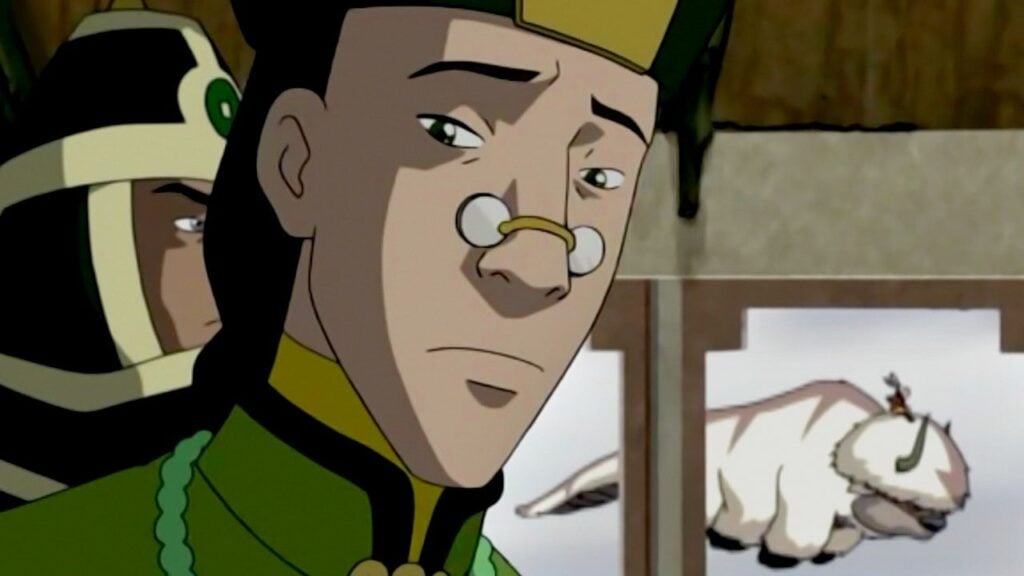
Discovering that the Earth Kingdom’s leader is one massive public political pawn was surprising once we finally got to witness the bear-loving King Kuei. The Earth King sets the stage for the penultimate episode and finale of Book 2: Earth by slowly allowing the corruption of Ba Sing Se’s secret police to be the city’s downfall. Team Avatar’s siege to the Earth King’s palace hall was a thrilling action sequence that gave each bender a satisfying moment to shine along with the arrest of Long Feng. Zuko’s metamorphosis is by far the most intriguing aspect of chapter eighteen though. Seeing his temptations for the Fire Nation crown battle his struggle with choosing a free destiny presented one of The Last Airbender’s most psychologically challenging character moments as he experiences several nightmares. Seeing Zuko slowly descend into his complicated decision had every viewer wondering whether the banished prince would help his demented sister or finally join our hero’s quest to defeat his father.
12. Chapter 8, The Chase

As if the title were not self-explanatory enough, The Chase is all about characters hunting down one another. It is a brilliant pursuit where each of the individual main cast members is on a mission that intertwines with their allies and enemies. Azula and her friends are hunting Team Avatar who is currently being partially divided due to the arrogance of their newest addition Toph, while Zuko is chasing Azula and Aang, and Iroh is slowly trailing behind Zuko in hopes of helping his lost nephew after the two previously separated. The stakes and tension shrouding the episode never falls as it inevitably heads for a showdown where the future complete Team Avatar attempts to take down Azula together. This chapter introduces new Fire Nation machines, animal breeds, unseen interactions, and some great tea and advice. Perhaps it is not packed to the brim with a huge amount of deep philosophy that many other episodes reap the rewards from though it does contain some deep nuggets of truth amidst all the chaos.
11. Chapter 14, City of Walls and Secrets
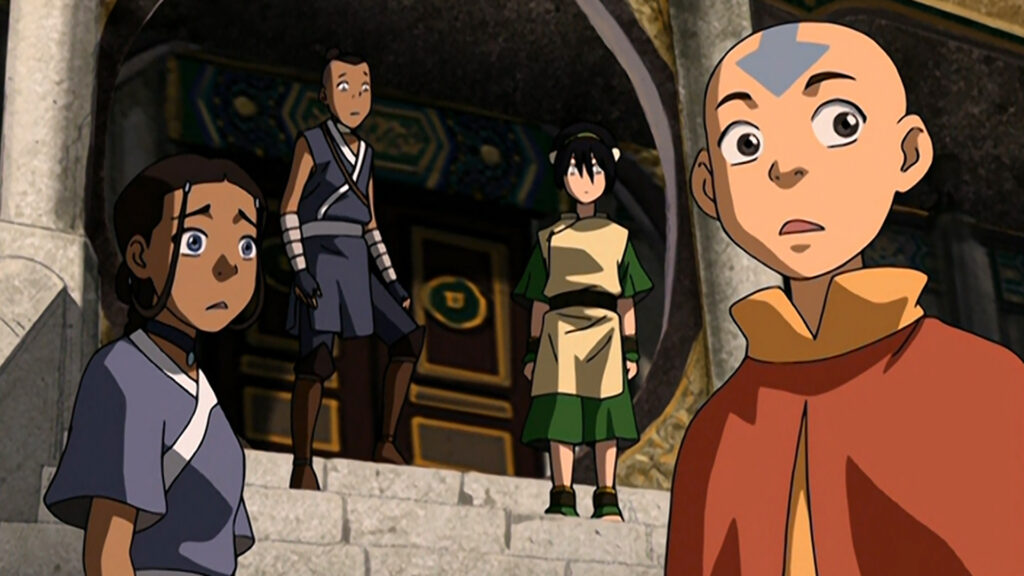
City of Walls and Secrets constantly builds upon the mystery of Ba Sing Se while finally unveiling the location itself. It is a city we have heard about since some of the earliest episodes of Avatar: The Last Airbender yet the audience never got to actually see it before. Compared to every other location Team Avatar had previously visited, Ba Sing Se is a whole different beast packed with enforced censorship regarding the hundred-year war, social systems, and corruption. For a city claimed to be a symbol of freedom by refugees, Ba Sing Se undoubtedly did not live up to those words behind the scenes as its citizens live under a strict line of enforcers and political figures fight to gain wealth in the upper ring. In this chapter, we are introduced to the tour guide Joo Dee, a woman who is nothing short of creepy as we see the vapid and ignorant citizen constantly keeping Team Avatar in the dark from receiving answers to the questions from other residents in the city.
10. Chapter 11, The Desert
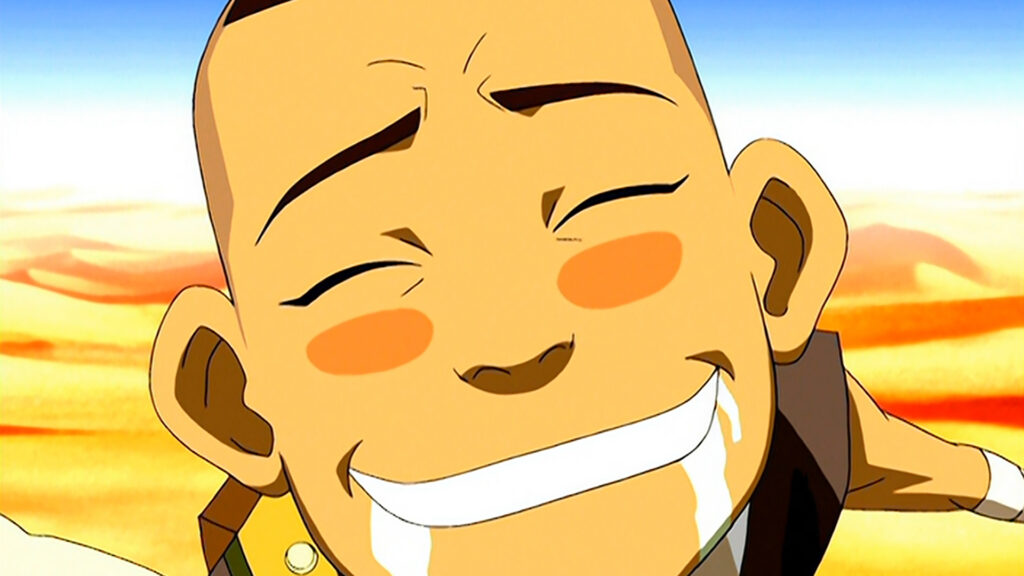
After losing Appa, Team Avatar was bound to face some serious consequences when it came down to both physical travel and of course emotions. No one underwent a traumatic experience quite like what Aang was going through. The Desert plays out like a long hopeless journey through nowhere as our heroes aimlessly travel to Ba Sing Se in an empty territory only be navigated by the stars. It is a test of endurance for how much our cast can withstand without the help of their dearest sky bison friend. Seeing how Aang could easily snap over losing his animal guide and best friend was not surprising in the slightest, but using the Avatar state to nearly cross his moral code he has upheld all the time from his childhood monk teachings was shocking. It is by far the closest the character has come to using violence without the intention of self-defense. He arguably even does in a way by destroying the sand-sailers and threatening Appa’s kidnappers. There is no need for cactus juice to sit through this emotional rollercoaster.
9. Chapter 10, The Library

Spirits residing in the living realm are nothing new to Avatar, but the ginormous owl who knows over ten thousand things can provide an unsurprising amount of knowledge regarding the connection between the two separated worlds- I mean he lives in his library, what did you expect from Wan Shi Tong? The Library brings mystery and urgency to the forefront as Sokka abuses his “spiritual vacation” to get the upper hand on the Fire Nation just as Zhao did the year prior before the invasion on the Northern Water Tribe in the same library. Wan Shi Tong’s short story is intriguing like the spirits who came before him, yet his odd presence in the physical world and strange history is what makes him so distinctive from what the audience has seen before. The heartbreaking ending as Aang falls in tears realizing that the sandbenders kidnapped Appa brings a hard-earned melancholy tone to ever viewer’s home and on top of this fans were left with tons of questions that would go unanswered for years. The disappearance of Professor Zei had us wondering about his fate for so long- but everyone who watched The Legend of Korra knows how that philosopher turned out now.
8. Chapter 9, Bitter Work
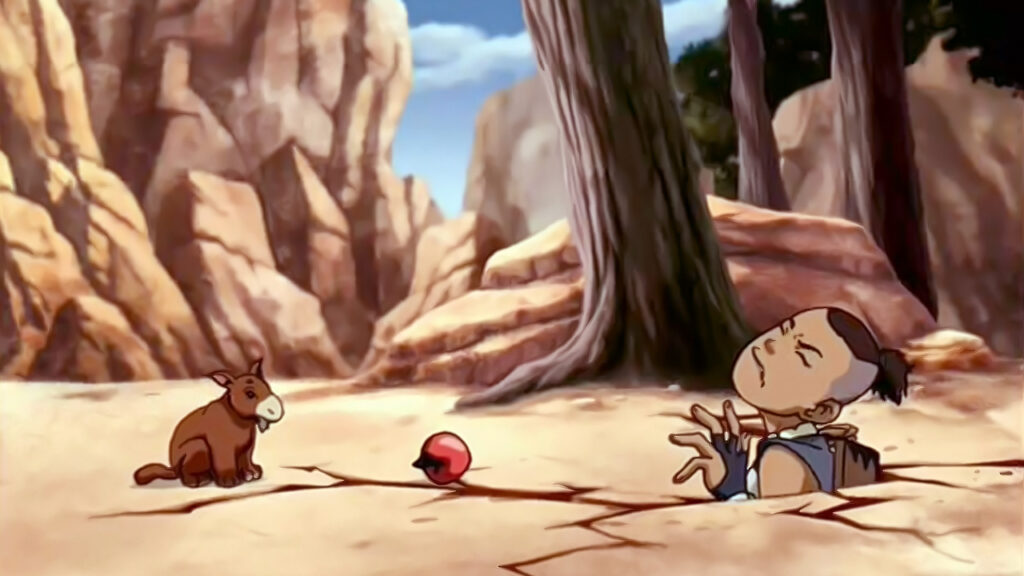
Aang and Zuko both learn a lot about the connections of physical and mental training through bending during the events of Bitter Work, but the major differences between both their teachings build unique storylines that are engaging in two separate regards. We get to see how Toph and Uncle Iroh teach two completely different philosophies of bending: one that presents thinking single-mindedly and straightforward as an earthbender while the other takes into consideration all the elements to draw multiple lines of wisdom. While Aang’s earthbending lessons are fun to watch, Zuko learning Iroh’s way of redirecting lightning is far more interesting. Bitter Work’s finest moment has to be its closing seconds as we see Zuko completely collapse as he begs a higher power to strike him with lightning due to believing that he can give it back. Zuko yelling that he has already been through the worst and can take more is nothing but chilling. How could anyone forget though how Sokka fell in a hole and met the adorable sabertooth moose lion cub Foo Foo Cuddlypoops to balance out that depressing ending.
7. Chapter 6, The Blind Bandit

Avatar: The Last Airbender has always had a way of incorporating characters with disabilities, but the introduction of Toph Beifong is something incomparable to what audiences have seen before. Allowing a blind character to see through bending is a spectacular idea that is executed even better in action than on paper. Having a character that takes advantage of vibrations to elevate themselves above those with two usable eyes is riveting and artistically appealing in multiple ways. It puts Aang’s earthbending master in a whole potential line of scenarios that the other cast members can not face without the same faulty characteristics. On top of a highly entertaining cast of competitive earthbending performers like Xin Fu and The Boulder, Toph’s debut in the flesh culminates into a fascinating ride and an insanely strong start for the character’s placement in the future of the series. We expected a child to help Aang master earthbending, but the Blind Bandit was simply unconventional.
6. Chapter 17, Lake Laogai

Lake Laogai can be considered the climax of the Ba Sing Se story arc as Team Avatar, the Freedom Fighters, and the Blue Spirit all race to discover Appa’s kidnappers as they search the secret underwater lair of the Dai Li. Lake Laogai came with major revelations of the city’s corruption and a shockingly abrupt end for the Freedom Fighter leader. While the action scenes with the Earth Kingdom’s secret police and Long Feng along with Zuko’s decision to free Appa thanks to Uncle Iroh are worth talking about, Jet’s demise is by far the most memorable moment of the episode. Nickelodeon would never allow a character to be directly killed off on-screen in one of their shows, but the writers still found a genius way in which they would be able to let go of Jet in an impactful matter while creating different implications for age groups. Using Toph’s senses to detect Jet’s fate and the Freedom Fighters’ emotions together make for a great sendoff.
5. Chapter 16, Appa’s Lost Days

Appa is one of those characters viewers never really think about until he receives his own major storyline. Everyone loves the Avatar’s sky bison and they definitely would never want anything to happen to him, but for the majority of Book 1: Water and the first half of Book 2: Earth, Appa is utilized to hop from location to location and maybe get in on the action every once in a while. He unquestionably had a personality with key character moments before, but until the sandbenders captured him he never received that spotlight he needed. Appa’s Lost Days is a rough episode to watch as we witness everyone’s favorite animal companion be put through the absolute worst. From the flashbacks of his first days at the air temples playing with his siblings to becoming Aang’s partner, this nation trotting adventure is jam-packed with emotional moments. The outcome is heartbreaking and suspenseful as audiences witness him nearly find Aang before being capture by the Dai Li agents. Appa’s Lost Days was also the first introduction of one of Avatar’s most important characters and speaking of…
4. Chapter 19, The Guru

The Guru combines spirituality, mentality, and physicality by branching the three together on Aang’s journey to finally master the Avatar state as he opens up his several chakras through the act of meditation. Although we had previously seen him in Appa’s Lost Days, the nomadic supercentenarian Guru Pathik is fully developed here in a matter of one necessary episode. Pathik is by far the most under-appreciated character in all of Avatar: The Last Airbender and one of high importance. While this chapter lacks a lot of action, it never needs to as it is highly focused on psychology and pure emotion as our cast is put on separate paths temporarily that ultimately lead to their untimely downfall. This episode was the first appearance of Metalbending in the series, an art previously stated to be unachievable by any Earthbender but clearly, Toph was ready to prove Xin Fu and Master Yu wrong as she once again escaped their metal cage trap by mind-blowingly ravaging a hole through it. Not to mention, Azula’s scheme to take control of Ba Sing Se with the help of a secret pact between Long Feng and the Dai Li was nothing short of a brilliant setup for the Fire Nation’s colonization of the Earth Kingdom.
3. Chapter 15, The Tales of Ba Sing Se

The Tales of Ba Sing Se may just be a simple anthology on the surface, but deep down it is blooming with personality as it hops from story to story giving each of the main characters a satisfying individual spotlight. These short stories range from humorous and goofy to absolutely moving and motivational. Each tale is a step forward for each character as we explore topics of inner feelings and outer conflicts that haunt each of the central cast members. It explores the hardships of disability, depression, and loss in a pure and unpredictable way you would expect from the series. The obvious highlight of The Tales of Ba Sing Se is Iroh’s story that is guaranteed to floor all viewers with its tear-jerking ending. The Tale of Iroh’s closing that pays tribute to the character’s original voice actor Mako who passed away before Book 2: Earth could be completed was a beautiful moment to honor the first Dragon of The West while closing the door on a perfectly executed mini-story about selflessness that originated from loss. This is an episode that flourishes with deep sentimental value for everyone that is involved with the series whether they are a fan, actor, writer, artist, or anything related to the show.
2. Chapter 20, The Crossroads of Destiny
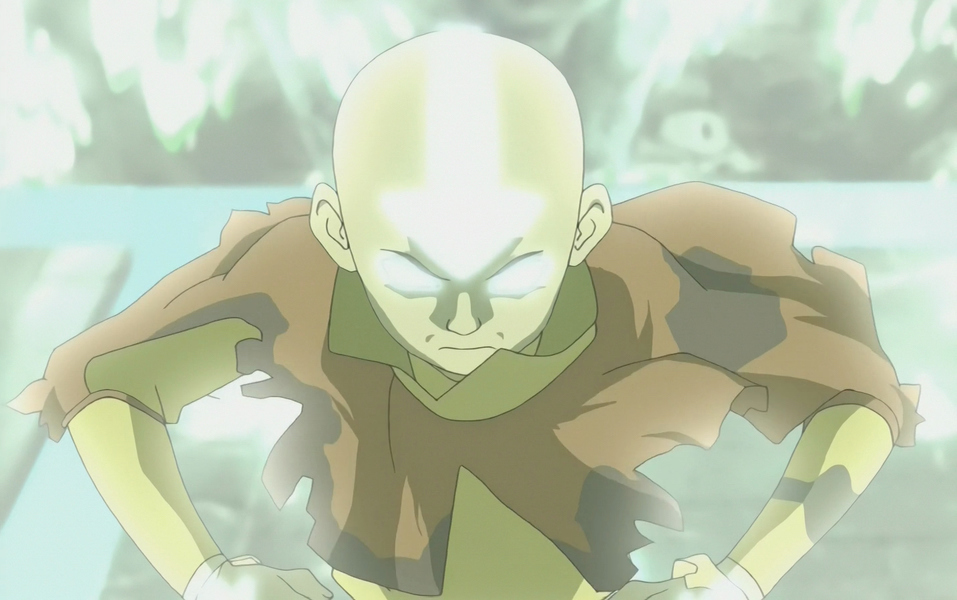
The Crossroads of Destiny is by far one of the most shocking season finales out there for a television show- at the very least it is the most surprising ending to a season on any show that has ever debuted on Nickelodeon. Every character was left in a complicated situation as they had to make quick decisions during Azula’s rain of terror on the Earth Kingdom. The final chapter in Book 2: Earth was an unsettling temporary sendoff for the cast that would make the wait for Book 3 even harder. It was certainly not a finale that left fans happy as our heroes were forced to flee from Ba Sing Se, Zuko betrayed Iroh for the throne after being wrongly pushed into a destiny during the latter half of the season, and several questions remained unanswered such as the whereabouts of the real Kyoshi Warriors including Suki and whether the Avatar cycle had been destroyed or not. To end the chapter off with Azula’s blast of lightning destroying Aang’s connection to the Avatar cycle was nothing short of jaw-dropping. All the stones put in place for the finale unraveled in true Avatar style: it was distinctive, unforgettable, and bewildering from beginning to end.
1. Chapter 7, Zuko Alone
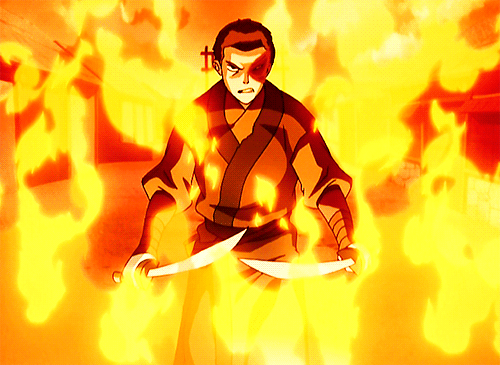
For Avatar: The Last Airbender, character development and world-building are incorporated into every episode. Zuko Alone, however, feels like more than just some developmental period for the character, his bloodline, his worldview, and his surroundings. It unfolds in the fashion of silent westerns geniusly structured by subcontext as the audience witnesses Zuko’s difficulties as a child and the first real hints as to how his family has been torn apart due to his father’s selfish desire to be the next Fire Lord. The amount of detail that is crammed into this one episode is astonishing by television standards.
Even characters that are not present in the episode such as Uncle Iroh are given important developmental roles that help characterize the Fire Nation royal bloodline. After watching this chapter, it is impossible not to sympathize with Zuko whether you love him or hate him. The banished prince’s rejection of the Fire Nation but desire to be honored in his family is an internal conflict that plagues the character up until the end of the series. Getting to see how he is a complete outcast no matter where he travels due to his destructive family history is upsetting at the moment, but bewitching by the end of his whole character arc.































